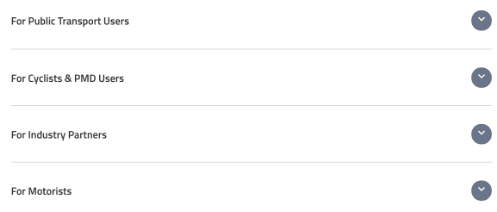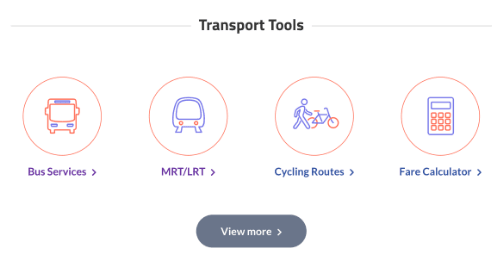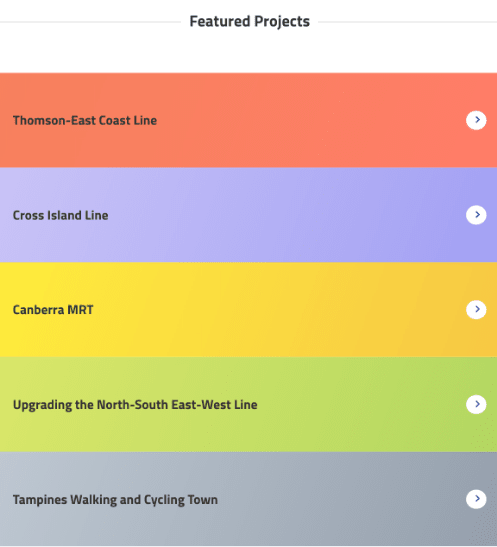To reduce the carbon footprint of public transport, LTA has committed to having a 100% cleaner energy bus fleet by 2040 and purchasing only cleaner energy buses henceforth.
2 As part of this vision, 60 electric buses were procured under a tender awarded in October 2018. This tender comprised 20 single-deck electric buses each from BYD and ST Engineering Land Systems, as well as 10 single-deck and 10 double-deck electric buses from the Yutong-NARI Consortium. These buses have been progressively arriving in Singapore since the fourth quarter of 2019 and will be fully deployed by 2021.
3 These 60 buses will help LTA understand the operational and technical challenges that come with the wider deployment and maintenance of electric buses under our tropical climate and traffic conditions, and enable us to calibrate our approach in adopting electric buses in the future. When these 60 electric buses are fully deployed, the CO2 tailpipe emissions from buses will be reduced by approximately 7,840 tons annually. This is equivalent to the annual CO2 tailpipe emissions of 1,700 passenger cars.
4 Besides environmental benefits, passengers can also expect quieter bus journeys and more commuter-friendly features on these buses. Using an electric motor, an electric bus generates an ambient noise level of around 75 decibels, 3 decibels lower than that of a typical Euro 6 diesel bus in our current fleet. The new buses are also equipped with passenger information display systems for showing route-specific information such as upcoming bus stops and destinations. The front door of these buses does not have the centre pole to allow easier access for parents with open strollers.
5 In April 2020, the first 10 Yutong electric single-deck public buses entered passenger service. They were joined by five BYD electric single-deck public buses in July this year. 10 more Yutong electric double-deck buses are set to be deployed from 27 October 2020.
Charging Infrastructure for Electric Buses
6 Two types of charging infrastructure will be used for these 60 electric buses – 40 buses will be using plug-in charging and 20 buses will be using pantograph charging.
7 For plug-in charging, buses are charged by manually plugging in charger guns overnight during off-revenue hours at the bus depots. They are charged at between 90kW to 150kW for two to four hours. These buses have larger batteries onboard to allow for longer operating mileage of 200km to 300km on a full charge.
8 With pantograph charging, electric buses are charged at a higher power input of up to 450kW during their short lay-over time of 10 to 15 minutes at bus interchanges. When activated by the bus captain, the pantograph charger mounted overhead at the designated parking lot will lower its connector. Charging will begin when the connector comes into contact with the roof of the bus. Buses which use pantograph charging have smaller batteries onboard and a shorter operating mileage of up to 48km per charge.















